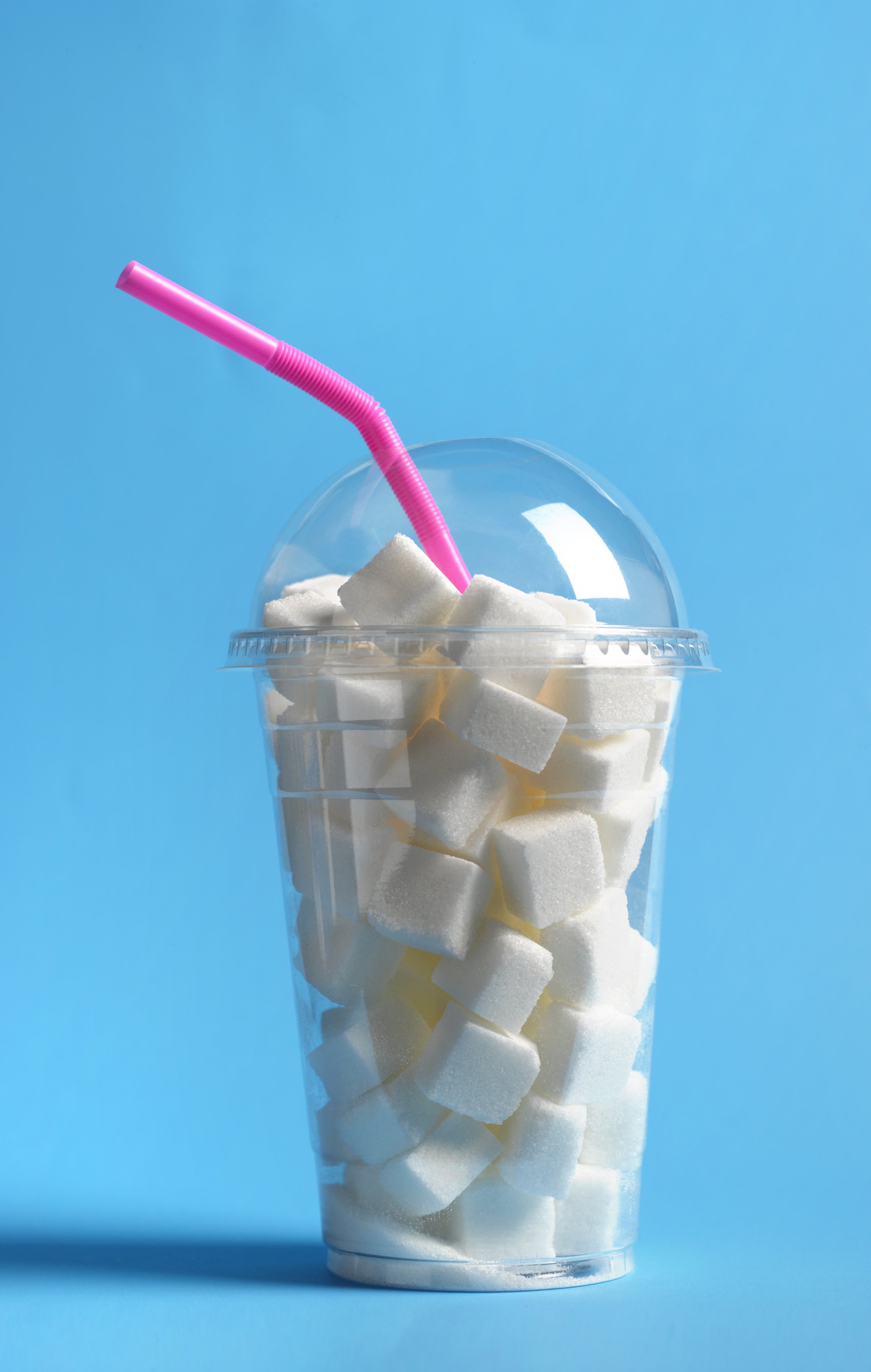
It’s more likely than not that today, at some time, you’ll consume at least one beverage with sugars in it, be it fruit juice, a sweetened drink of some sort, or milk. And you wouldn’t be alone. Most everybody—as in, everybody in the entire world—likes a sip of a sweet liquid, finds a study released Wednesday in PLOS One that looks at global consumption patterns. The results are a glimpse into preferences by geography, demographic, income and even gender.
Gitanjali Singh, assistant professor at Tufts University’s Friedman School of Nutrition Science and Policy and lead author on the paper, said the researchers broadly separated beverages into three categories: sugar sweetened beverages (SSBs, for short), fruit juice, and milk. SSBs are drinks containing at least 50 calories of sugar in an 8 ounce serving (soda, energy drinks, iced teas, your morning frappe). This category also contained fruity drinks that weren’t 100% juice; that distinction was classified as “fruit juice” in this study. And milk was, well, milk.
Collecting data was a gigantic undertaking, says Singh, and took several years. But it reveals some interesting trends. Take fruit juice consumption, for example: the higher the country’s national income level, the higher the country’s fruit juice consumption. New Zealand topped the list for juice consumption, and Eritrea pulled up the rear with the least.
The same goes for milk: the richer your country, the heavier your consumption of milk. Swedes and Icelandic people clock in about 1.6 servings of milk per day, with Finns trailing not too far behind at 1.3 servings a day. Compare that to Americans, who have just 0.69 servings a day, putting it 64th out of 187 countries. South Koreans drink the least amount of milk.
East Asians tend to drink the fewest SSBs—China came dead-last—while those in the Caribbean—Trinidad and Tobago and Barbados topped the list—drink the most, especially young men, who drink 3.4 servings per day. There’s a notable age difference in SSB consumption, too: young adults prefer fizzy drinks when it comes to their sugary beverage of choice, but older adults were more into milk. And regardless of where she was from, women over the age of 65 consumed the least number of sugary beverages. At the other end of the scale were young people between 20 and 39; men in that age bracket heavily preferred sugar sweetened beverages, while women overwhelmingly went for fruit juice. (Singh warns against oversimplifying the patterns: “It’s just an average,” she says. “It doesn’t necessarily mean women prefer fruit juice and men only like milk.”)
“SSB consumption was higher in middle-income countries, but lower in low- and high-income countries,” Singh says. In other words, at the extremes of wealth, consumption of SSBs were quite low; but in countries making what Singh described as “the nutritional transition from traditional foods to more processed foods,” the number of servings of SSBs consumed daily shot up.
Why the focus on sugary drinks? Singh and her colleagues recently published another study in the journal Circulation that shows that 184,000 deaths per year around the world are linked to consumption of preventable, SSB-related diseases including type-2 diabetes.
More Must-Reads from TIME
- Donald Trump Is TIME's 2024 Person of the Year
- Why We Chose Trump as Person of the Year
- Is Intermittent Fasting Good or Bad for You?
- The 100 Must-Read Books of 2024
- The 20 Best Christmas TV Episodes
- Column: If Optimism Feels Ridiculous Now, Try Hope
- The Future of Climate Action Is Trade Policy
- Merle Bombardieri Is Helping People Make the Baby Decision
Write to Tanya Basu at tanya.basu@time.com